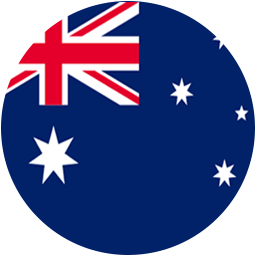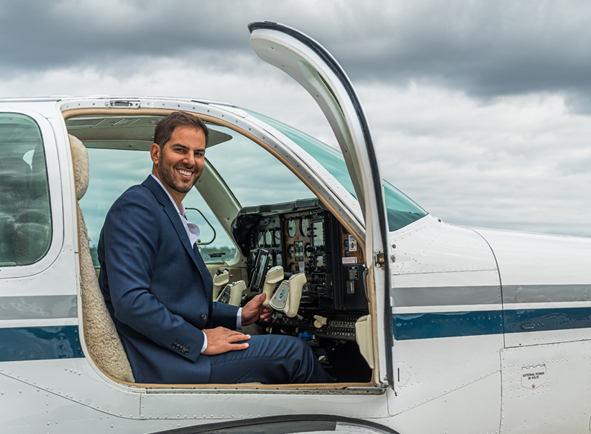Most sellers believe that employing an aircraft broker means taking the hassle out of the sale (less time and energy dealing with potential buyers), ensuring that the marketing of the aircraft is targeted to an appropriate audience – and of course, negotiating the best sales result, in less time.
And this is all largely true.
But there are so many more reasons why employing the services of an aircraft broker should be considered. The least commonly understood reason is that the broker’s main role is to act as an impartial facilitator of the agreement between the two parties. From the very first enquiry, through to settlement and final delivery of the aircraft, the broker’s key role is to identify and mitigate of the risk of errors, misunderstandings, anxieties and conflict (the potential for unwanted legal action or loss) to either party during all stages of the process.
Although the broker does not take up the legal risk if a dispute arises between the seller and buyer, the professional broker is expected to be knowledgeable and experienced in order to reduce the risks of significant disputes to almost zero. In any event, the broker also becomes a professional witness who’s presence will significantly and further reduce the likelihood of disputes being based on misinformation or distortions.
That’s correct. It’s not sales. We are in the 2020s – not the 1980’s!
The best facilitation of any agreement requires human skills; active listening – and noting and clarifying the potential areas of misunderstanding to ensure that each step of the process is undertaken impartially and fairly to both parties. Where conflict arises (and it can arise very easily) the broker needs to ensure both parties either reach further agreement, or that they terminate the agreement without (or with minimal) loss.
In short, great brokers will ensure they steer both parties away from any pitfalls along the way – and towards a smooth transaction pathway every time.



